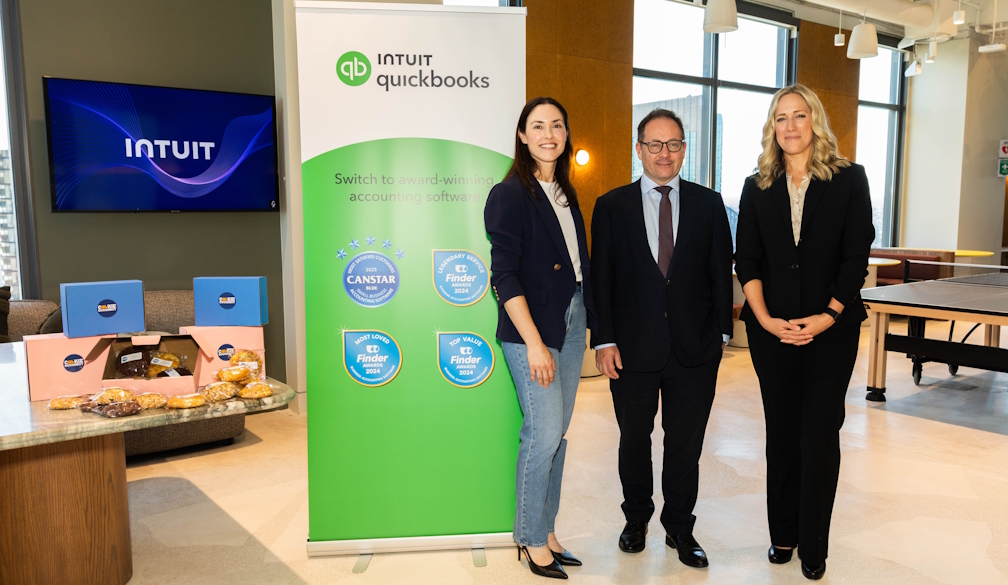Social housing was one hell of a missed budget opportunity, but there's time
- Written by Hal Pawson, Professor of Housing Research and Policy, and Associate Director, City Futures Research Centre, UNSW
 Yuttana Contributor Studio/Shutterstock
Yuttana Contributor Studio/ShutterstockTonight Labor will deliver its alternative budget and promise that if it was in government it would be investing A$500 million in fast-tracking repairs to social housing, and urging state governments to match it dollar for dollar.
The federal budget itself, delivered on Tuesday, offered nothing extra for...
Read more: Social housing was one hell of a missed budget opportunity, but there's time














